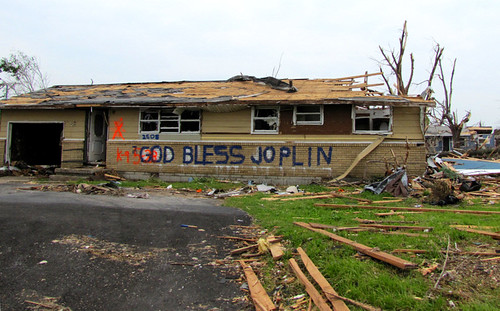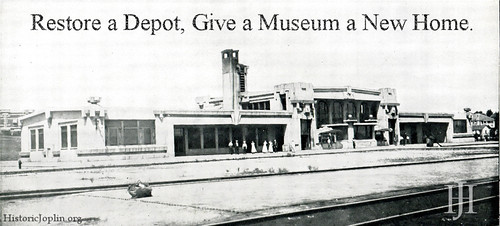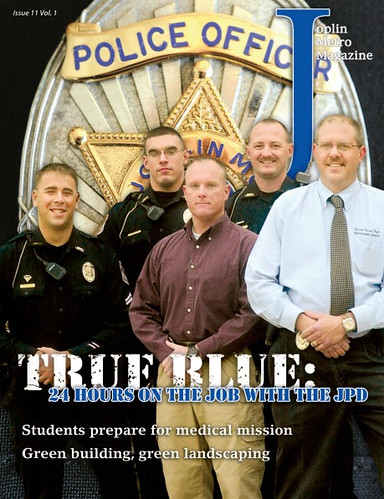A couple weeks ago, we discussed the loss of Murwin Mosler’s work in the form of prints and negatives due to Mosler’s daughter’s home being hit by the May 22nd tornado. At the time, it was thought that every aspect of Mosler’s legacy had been lost, scattered across the city and Southwest Missouri. It was recently reported that this was not so. In an oddly termed “rescue” it was discovered that over 25,000 negatives had not been lost, but instead were actually buried in the rubble of the home. At present, the negatives are in the possession of the Joplin Museum Complex for the purpose of being “saved” by the permission of Mosler’s daughter.
What the “saved” process entails is the sorting and categorizing of the negatives, which involves documenting the names of the individual in the photographs that date from 1939 to 1986. This will be done by the Museum Complex’s volunteers, who museum director Brad Belk notes in the article, “have never done anything like this…” and will have to create a database to allow for easy search and distribution. In the end, Joplin residents who lost photographs might be able to find replacement photographs within this collection. Belk stated he hoped that the process would take only three months. We expect this is an optimistic timeline given the lack of experience of the JMC staff, despite having an extensive collection of historic photographs of Joplin. What the JMC should do is reach out to the State Archives staff that Secretary of State Robin Carnahan has sent to Joplin. The State Archives have extensive experience in the sorting, cataloging, restoration and preservation of photographs, particularly those that have suffered damage.
We’re happy to know that the negatives were not lost and an effort will be made to catalog and document this important part of Joplin’s history. We do hope that when the Mosler collection has been fully cataloged that it’s contents will be made available to the public at large.






